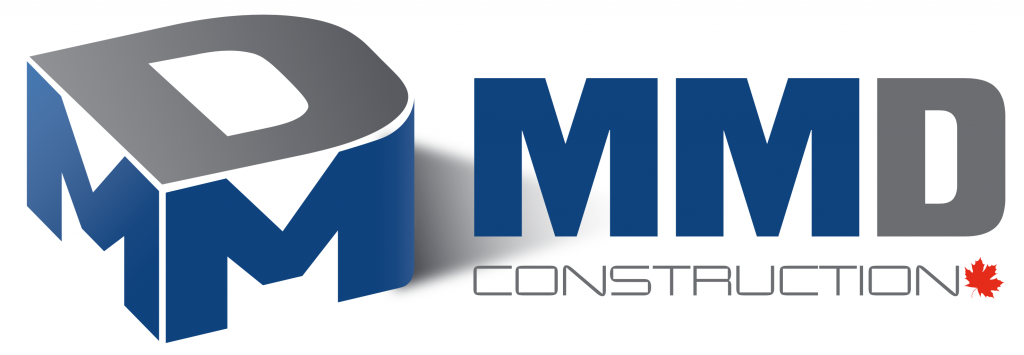First impressions matter when clients walk through your door. Outdated commercial office renovation tips suggest that simply replacing furniture might be enough, but today’s workspace needs go far beyond aesthetics. Your office environment directly impacts everything from employee productivity to client perceptions about your company’s relevance.
Warning Signs of an Ineffective Workspace
Your team’s daily frustrations often reveal design problems that might be hurting your bottom line. When employees consistently avoid certain areas or struggle to find meeting space, it’s a clear indicator that your layout isn’t supporting their needs. These workspace challenges can lead to decreased collaboration, lower morale, and ultimately reduced productivity that affects your business goals.
The Hidden Cost of Poor Office Design
Employee retention connects directly to workspace satisfaction in ways many business owners underestimate. Commercial office renovation tips from workplace experts highlight that companies with thoughtfully designed spaces experience up to 33% less turnover than those with outdated environments. The cost of replacing a single professional employee can exceed 150% of their annual salary when you factor in recruitment, training, and lost productivity during transitions.
Technology Integration That Works
Today’s workplaces need to support both in-person and remote collaboration seamlessly. Outdated conference rooms with complicated connection systems waste valuable meeting time and frustrate everyone involved. Modern office spaces incorporate user-friendly technology that anyone can operate without technical support, ensuring meetings start on time and communication flows naturally whether team members are present or joining virtually.
Flow and Function for Modern Work
Traditional office layouts often create artificial barriers between departments that should be collaborating. Rethinking your floor plan can dramatically improve communication between teams that need to work together. Simple changes like creating “neighborhoods” for related departments or adding informal meeting areas between workgroups can spark valuable interactions that drive innovation.
Natural Light and Productivity
Windows and natural lighting affect more than just energy bills in your commercial space. Studies consistently show that employees working in naturally lit environments report better sleep, fewer health complaints, and higher job satisfaction than those in artificially lit spaces. This translates directly to reduced sick days and higher productivity levels that benefit your overall business performance.
Flexibility for Changing Needs
Business requirements change faster than ever in today’s market. Modular furniture systems and adaptable spaces allow your environment to evolve without expensive construction projects every few years. This approach to office design creates long-term value by avoiding the disruption and cost of major renovations when your team size or work processes change.
First Steps Toward Improvement
You don’t need to completely overhaul your space to see meaningful improvements. Start by observing how your team actually uses the current environment and identify the most pressing pain points affecting their daily work. This employee-centered approach ensures that any changes you make—whether small updates or extensive renovations—directly address real needs rather than following trends that might not serve your specific business goals.





